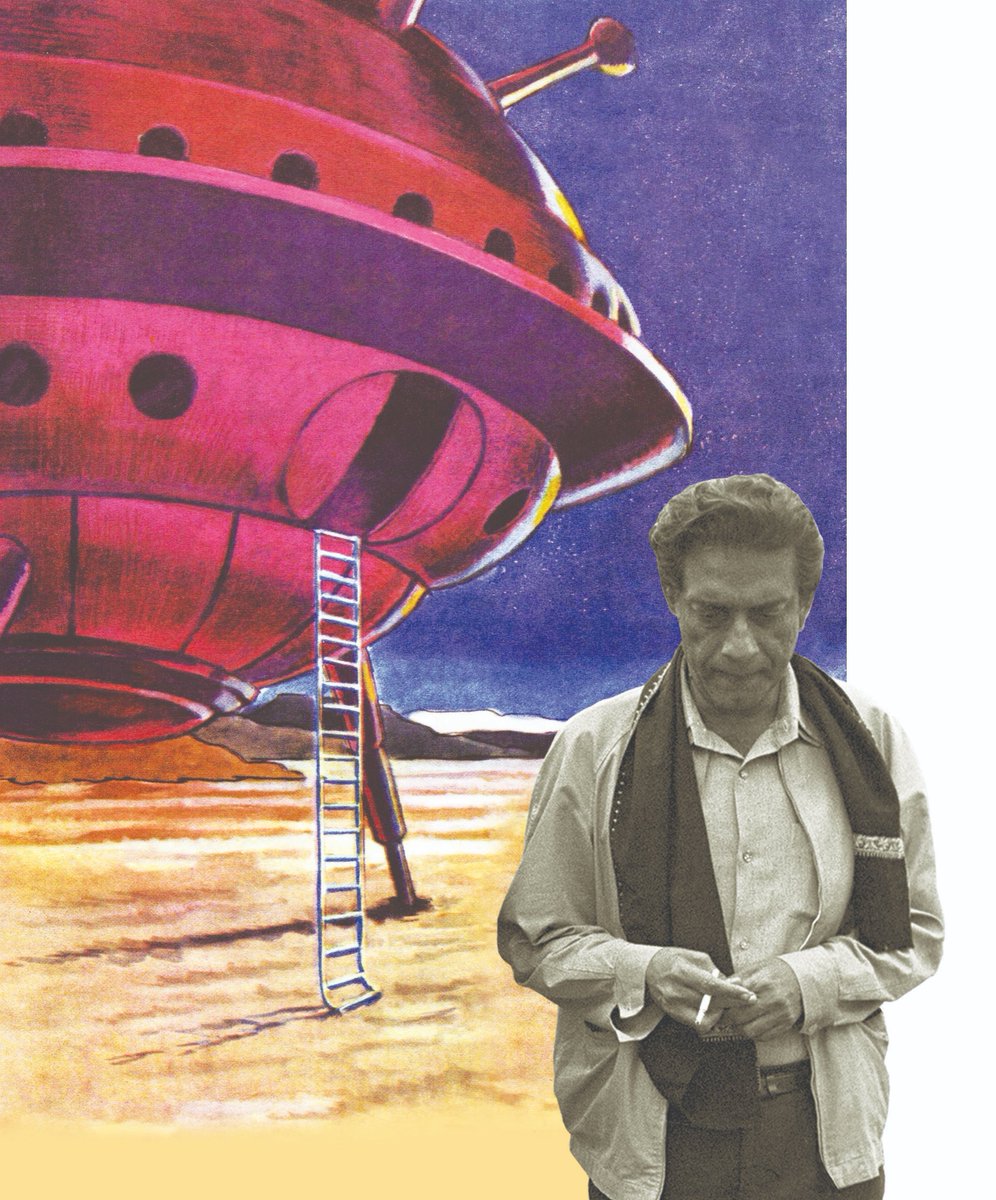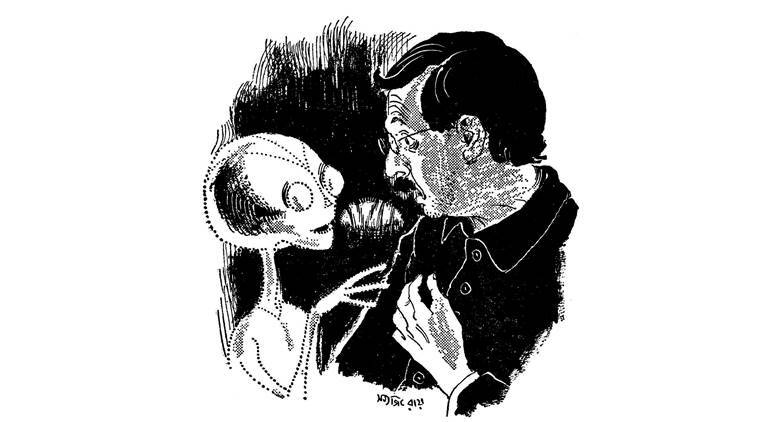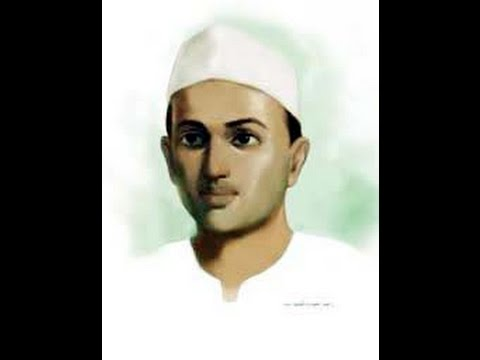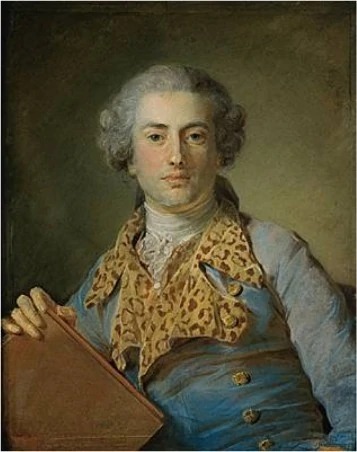
On #SatyajitRay 100th birth anniversary, we look back at his unfulfilled dream project, a sci-fi film on a friendly alien that unfortunately never got made. Or did it? (1/18) 

From a very young age, Satyajit Ray was an avid fan of the science fiction genre. He was greatly influenced by the works of pioneers like Jules Verne, HG Wells and Arthur C. Clarke (2/18)
He wrote several stories based on sci-fi themes including those featuring the maverick scientist Shonku. One of his personal favorites was the short “Banku Babu’r Bandhu” (Mr. Banku’s Friend) that was published in Sandesh magazine in 1962 (3/18) 

It remains one of his most popular creations. But Ray wasn't done there. He kept working on the same premise - arrival of a friendly alien in a small Bengal village - for a big screen adaptation. Ray tentatively titled his story “The Alien.” (4/18)
Besides the friendly visitor from outer space, it also had a slightly dim-witted village boy who becomes the alien’s friend, a greedy Calcutta businessman, a local journalist and an American scientist (5/18)
When Ray showed the story to Arthur C. Clarke, the latter was quite impressed. In fact, Clarke recommended him to travel to Hollywood to explore possibilities of a joint Indo-US production (6/18)
In 1967, Ray traveled to the USA, UK and France exploring opportunities. Talks started with Columbia Pictures. The grapevine reported Marlon Brando and Peter Sellers were in talks to star in the project (7/18)
But nothing finally came out of it. Ray returned to India. On Clarke’s advice, Ray had hired Mike Wilson, a Colombo-based small-time producer to act as his partner and agent in Hollywood. However, Wilson defrauded him (8/18)
Despite not having any input in the story and script, he got “The Alien” copyrighted in his own name and even took a US$ 10,000 advance from Columbia. Ray was informed and advised by the studio to take immediate action (9/18)
In a sudden twist, Wilson agreed to forgo his copyright. Ray approached Ismail Merchant - one half of the Merchant-Ivory duo to help him secure backing from Columbia. But once again it came to nothing and the dream was truly over (10/18)
In 1982, Steven Spielberg’s ground breaking film E.T. released and wowed audiences worldwide. When Clarke saw E.T, he was shocked to find several similarities in it with the plot of The Alien. He called and informed Ray of the same (11/18) 

In an interview to India Today, Ray expressed his shock and stated that neither Spielberg’s E.T. nor his 1977 film Close Encounters of the Third Kind would have been possible without The Alien (12/18)
When Clarke read Ray’s interview, he immediately dissuaded his film-maker friend from contemplating legal action. Clarke, however, did confront Spielberg over the issue (13/18)
The latter scoffed at the allegation. He also said when Ray was in the US talking to Columbia, he was a kid in high school. This part was not true as Spielberg was around 21 in 1967 and actually made his directorial debut in 1969 (16/18)
Film writer Aseem Chhabra noted a number of similarities between Ray’s script and E.T. (15/18)
These included the alien befriending a young boy, both aliens having characteristic slow hand movements, healing powers and the ability to make flowers bloom besides being quite similar in appearance (16/18) 

It is common knowledge that thanks to Mike Wilson, mimeographed copies of The Alien were available in Hollywood in the late 60s. Did Spielberg manage to get hold of a copy and thus found his inspiration? (17/18)
We will never know. But with the release of E.T, whatever little hope remained of Ray’s dream project coming to fruition died forever (18/18)
Source: newslaundry.com/2018/06/16/did…
scroll.in/article/877433…
firstpost.com/entertainment/…
Wikimedia Commons
scroll.in/article/877433…
firstpost.com/entertainment/…
Wikimedia Commons
Correction it will be 101st anniversary of his birth (not 100). We apologize for the error
• • •
Missing some Tweet in this thread? You can try to
force a refresh
















